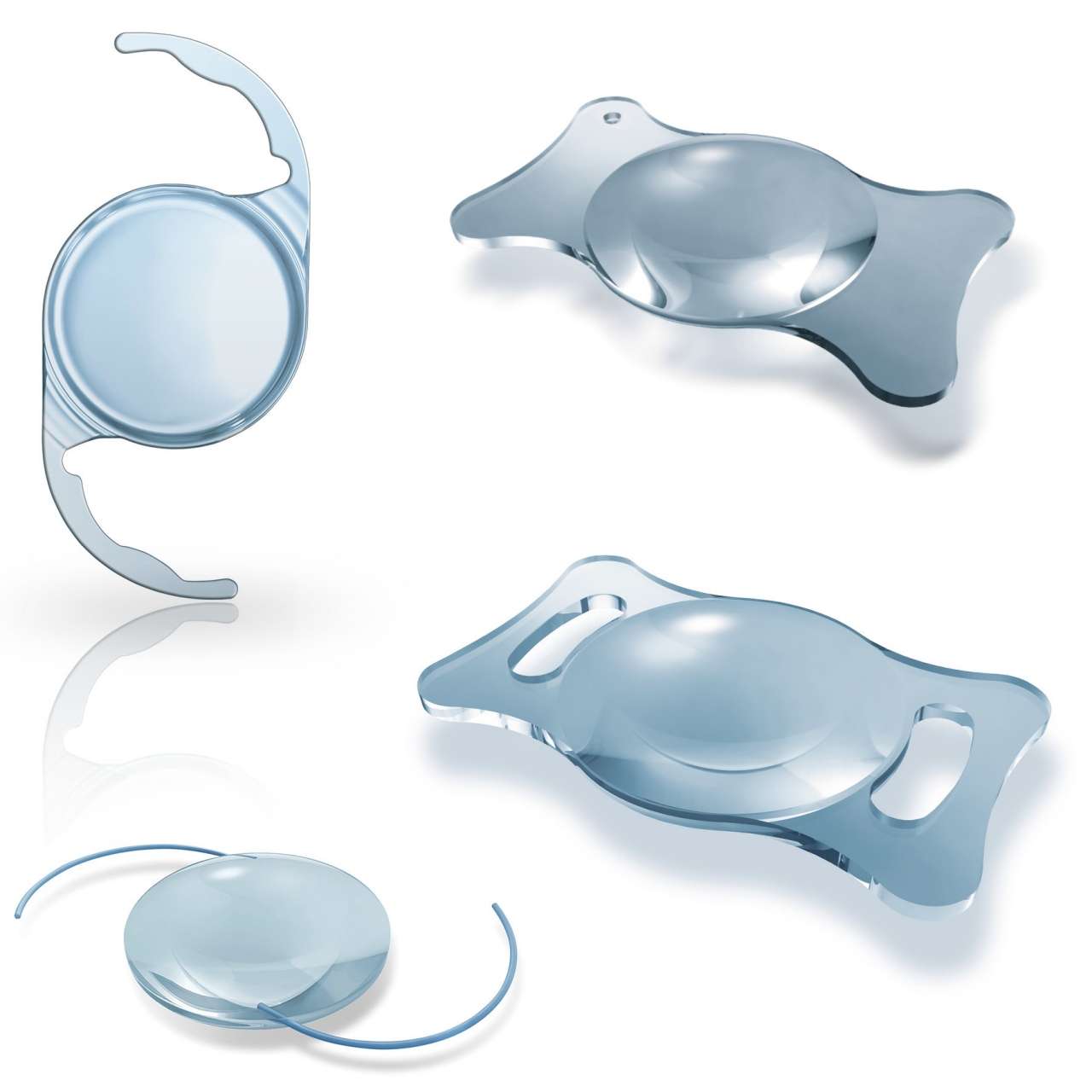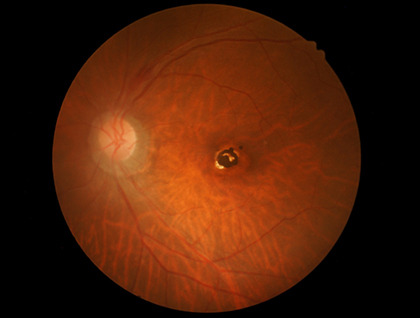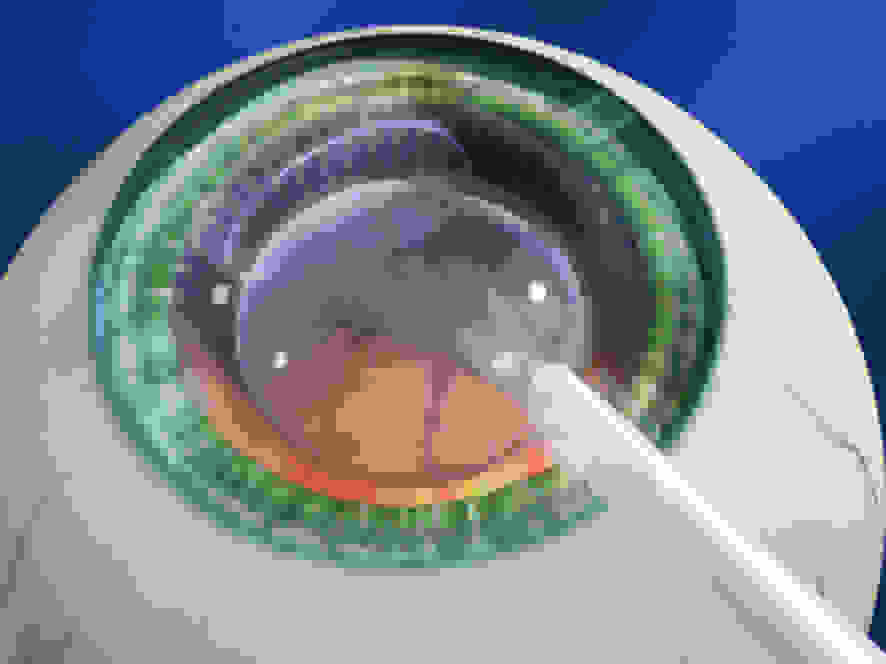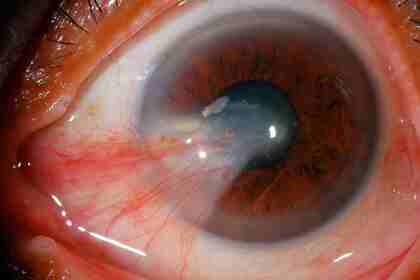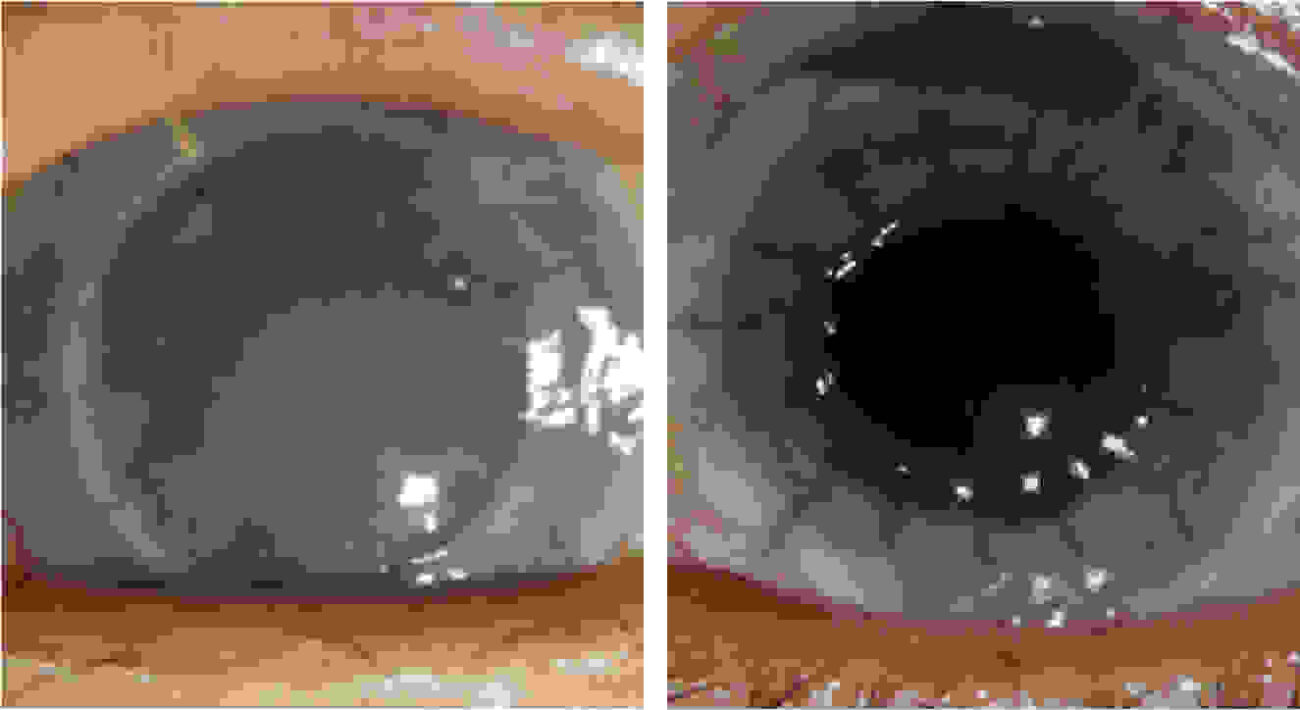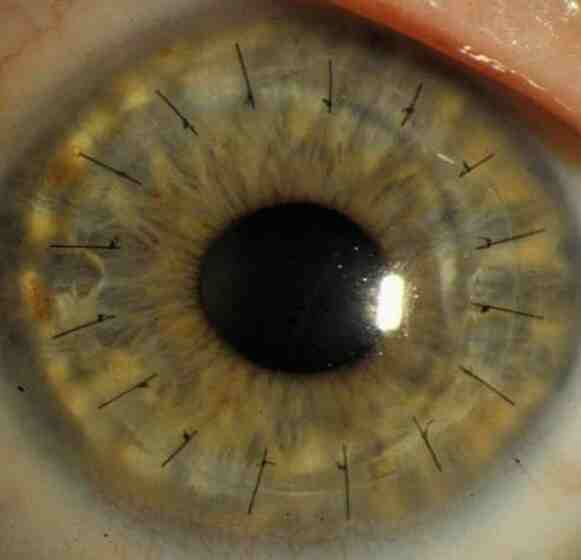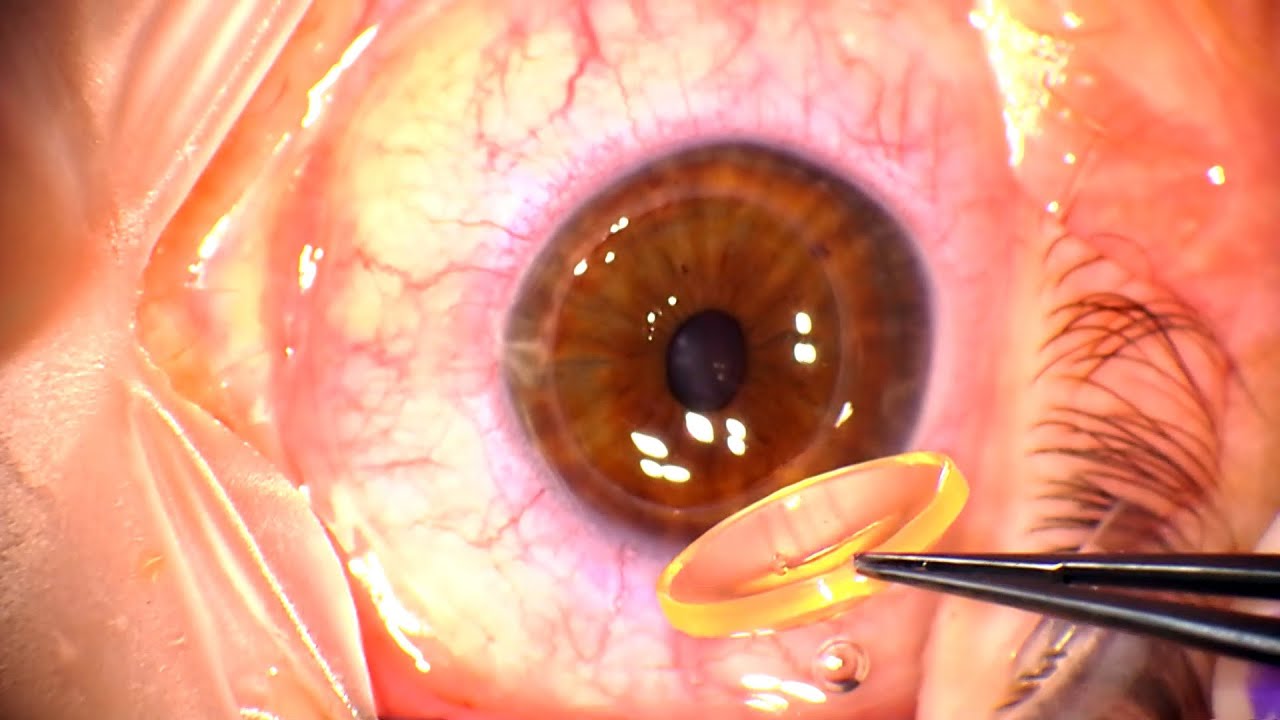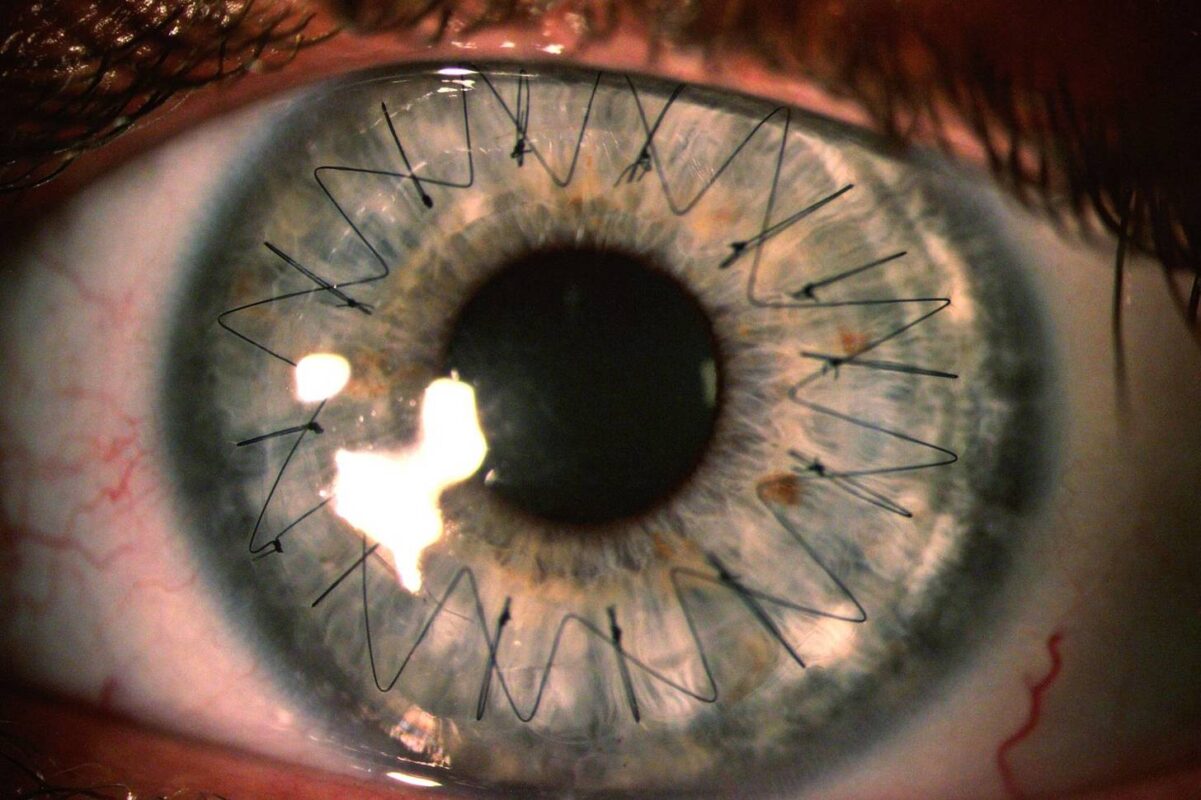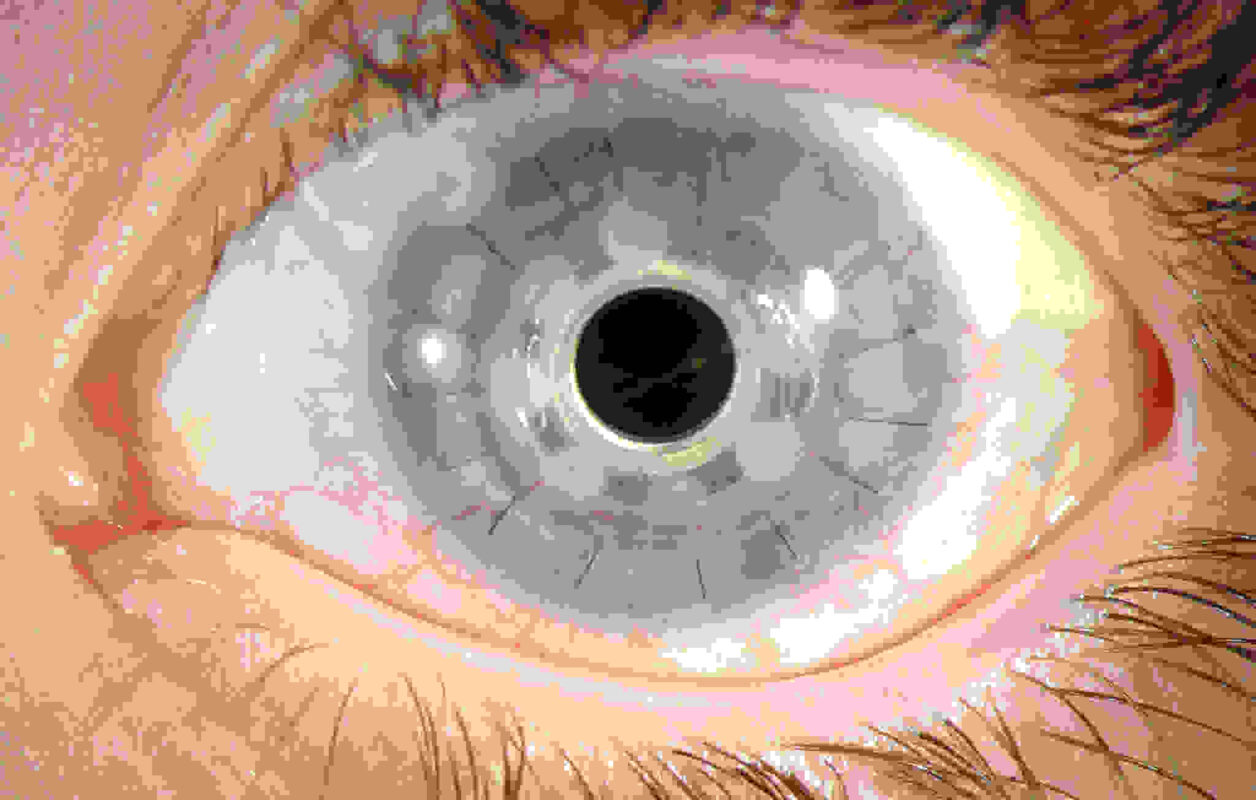Introduction:
The Intraocular Lens (IOL) revolutionizes medical treatment by replacing the eye’s natural lens when it becomes clouded by cataracts or when the lens doesn’t refract light properly due to other conditions. Designed to restore clear vision, IOLs can also correct refractive errors such as nearsightedness, farsightedness, and astigmatism.
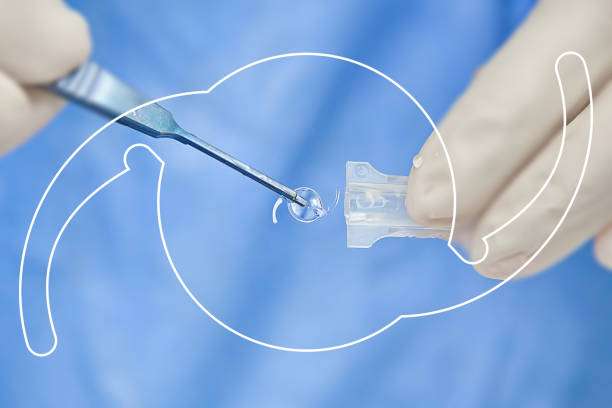
History and Evolution:
The concept of intraocular lenses dates back to the mid-20th century when Sir Harold Ridley implanted the first in 1949.Since then, researchers and developers have significantly advanced the materials and designs of IOLs, leading to safer and more effective surgical procedures.
Types of IOL :
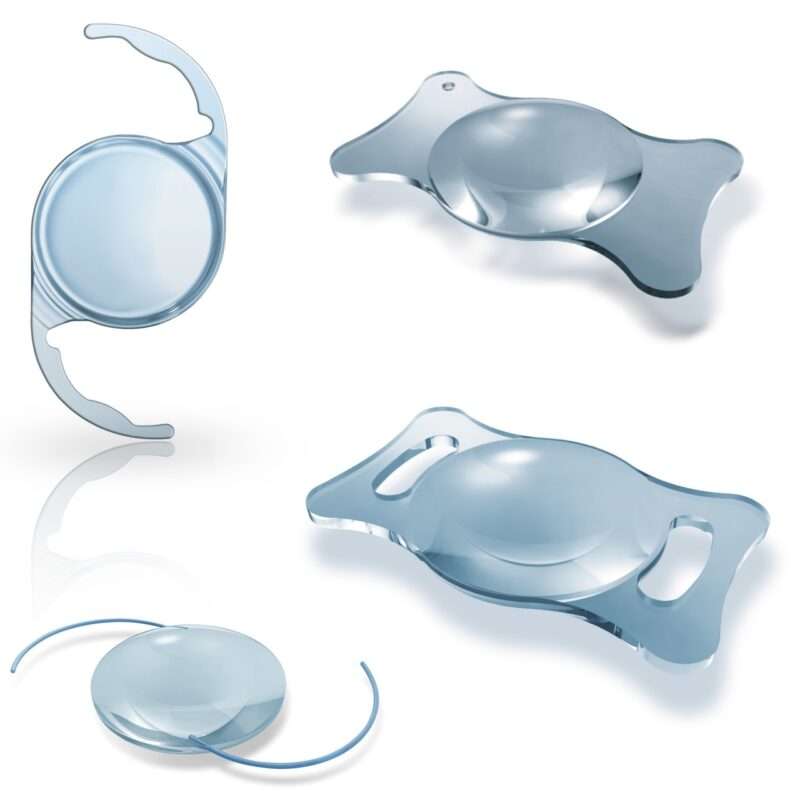
- Monofocal : These lenses provide clear vision at a single focal point, usually set for distance vision. Patients might still find it necessary to use glasses for tasks that require close-up vision.
- Multifocal : These lenses have multiple focal points, allowing for clear vision at different distances without the need for glasses.
- Accommodating : These lenses can adjust focus based on the eye’s movements, mimicking the eye’s natural focusing ability.
- Toric : Specifically designed to correct astigmatism, these lenses offer a clear vision for individuals with irregularly shaped corneas.
Advantages:
- Improved vision clarity
- Reduced dependence on glasses or contact lenses
- Enhanced quality of life
- The long-term solution for vision correction
Who is a Candidate for IOL?
Candidates for surgery are typically individuals with cataracts, significant refractive errors, or those seeking to reduce dependency on glasses or contact lenses.
Preparing for IOL Surgery:
Before the surgery, patients undergo a comprehensive eye examination to determine the most suitable IOL and assess the overall health of the eye.
The Procedure of IOL Implantation
Surgeons perform this procedure under local anesthesia on an outpatient basis.. The surgeon makes a small incision in the eye, removes the natural lens, and replaces it with the artificial IOL.
Recovery After IOL Surgery
Most patients experience improved vision immediately after surgery, with full recovery typically within a few weeks. It’s essential to follow postoperative instructions the surgeon provides to ensure optimal healing.
Potential Risks and Complications
While surgery is generally safe, like any surgical procedure, it carries some risks, including infection, inflammation, and retinal detachment. However, serious complications are rare.
Postoperative Care and Follow-up
Doctors advise patients to attend follow-up appointments to monitor healing progress and address concerns. They may prescribe eye drops and medications to prevent infection and manage inflammation.
Lifestyle Changes After IOL Surgery
Following surgery, patients can resume normal activities but should avoid strenuous exercise and activities that may increase the risk of eye injury. It’s essential to protect the eyes from UV exposure by wearing sunglasses outdoors.
Cost of Surgery
This can very depending on factors such as the type of lens used, the surgeon’s fees, and any additional procedures required. However, many insurance plans cover the cost of cataract surgery, which includes implantation.
Author Details:
Dr. Sushruth Appajigowda holds a prominent position as a Cornea, Cataract, Glaucoma, and LASIK Surgeon in Bangalore. He serves as the chief Cataract and Refractive surgeon at Vijaya Nethralaya Eye Hospital, Nagarbhavi Bangalore. Renowned as one of the finest LASIK surgeons nationwide, he brings with him over 12+ years of experience across multiple LASIK platforms, including ZEISS, ALCON, SCHWIND, AMO, and Bausch and Lomb. Having successfully conducted over 5000 LASIK procedures, Dr. Sushruth holds the title of a Certified Refractive Surgeon and a Fellow of the All India Collegium Of Ophthalmology. Furthermore, he stands as a distinguished speaker at various National and International Forums, using his expertise to guide you in selecting the most suitable procedure based on your health requirements.

http://vijayanethralaya.com/link-in-bio/
FAQs :
- surgery cause discomfort?
- IOL surgery is typically not painful due to the administration of local anesthesia. Patients may experience minor discomfort or pressure during the procedure.
- What is the duration of the recovery period following surgery?
- Most patients experience improved vision within a few days to weeks after surgery, with full recovery within a month.
- Can I drive after surgery?
- Doctors advise patients to avoid driving immediately after surgery until their vision has sufficiently improved and they feel comfortable behind the wheel.
- Are there any restrictions on activities after surgery?
- While most activities can be resumed after surgery, patients should avoid heavy lifting, bending, and strenuous exercise for a few weeks to prevent complications, according to doctors’ advice.
- Will I still need glasses after surgery?
- While many patients experience reduced dependence on glasses after IOL surgery, some may still require glasses for certain tasks such as reading or driving at night.
Conclusion:
Intraocular Lens surgery is a safe and effective procedure for restoring clear vision and reducing dependency on glasses or contact lenses. With advancements in technology and surgical techniques, IOL surgery offers patients a long-term solution for vision correction and improved quality of life.

